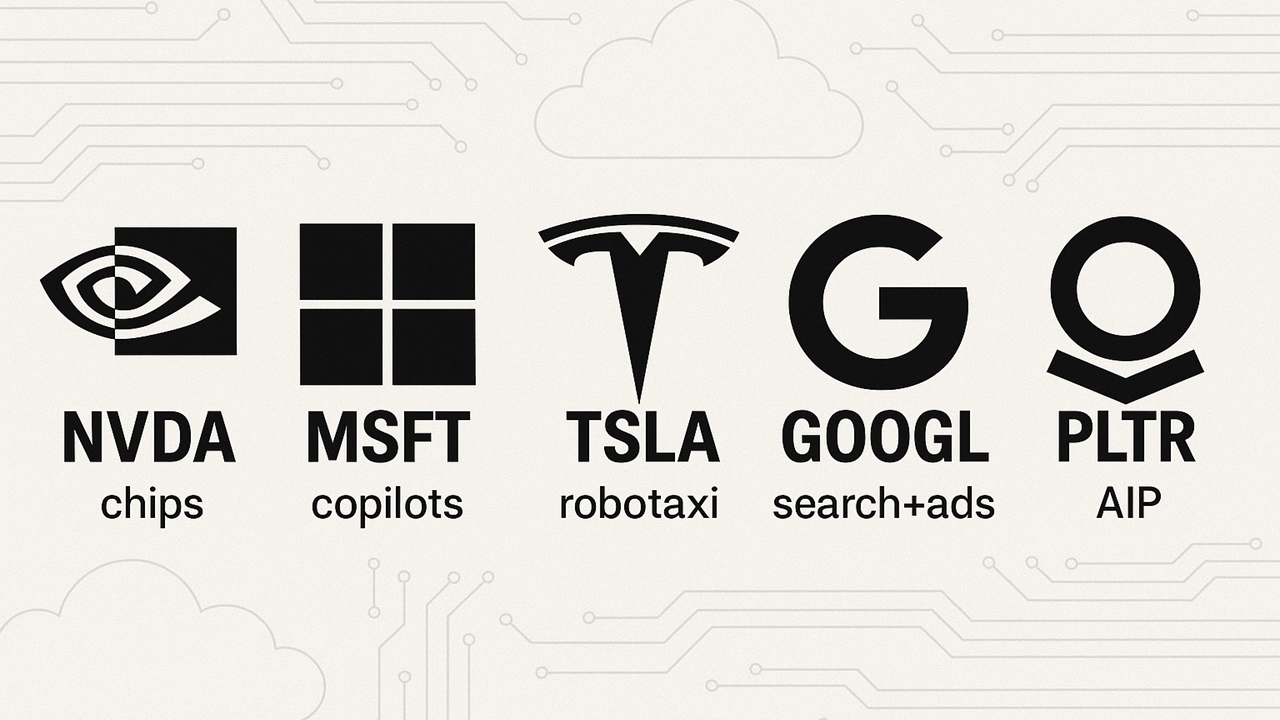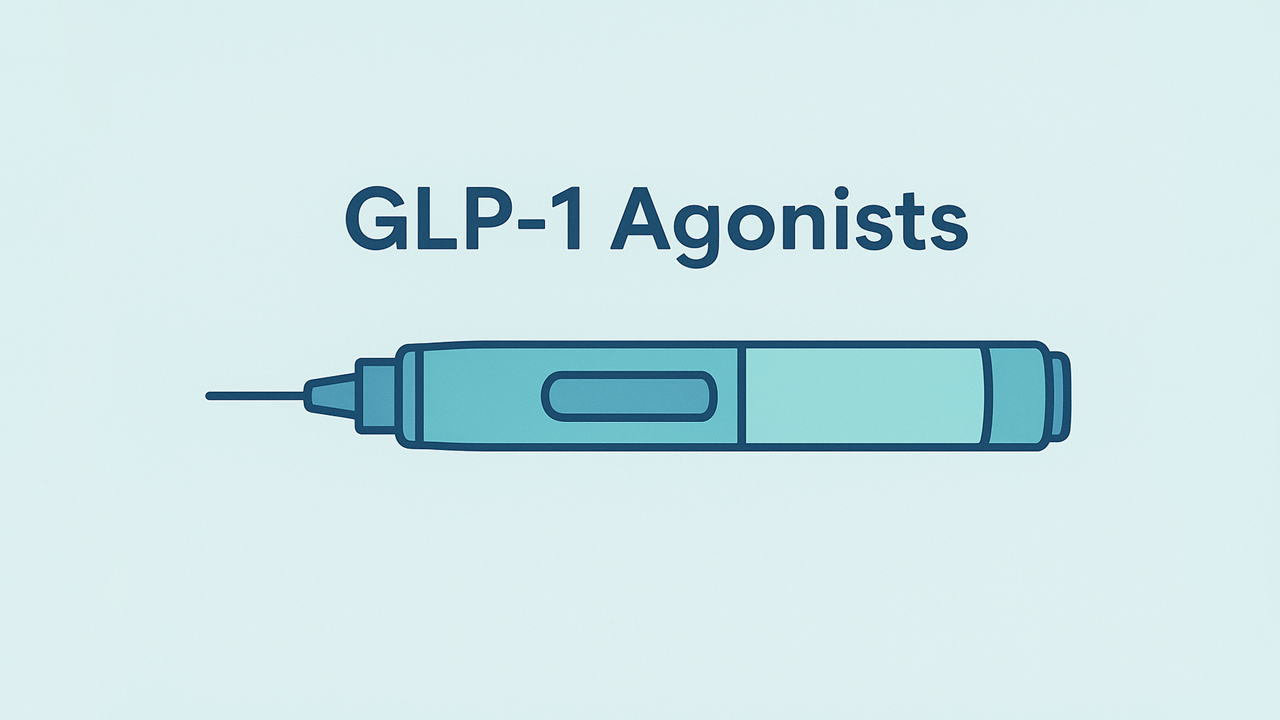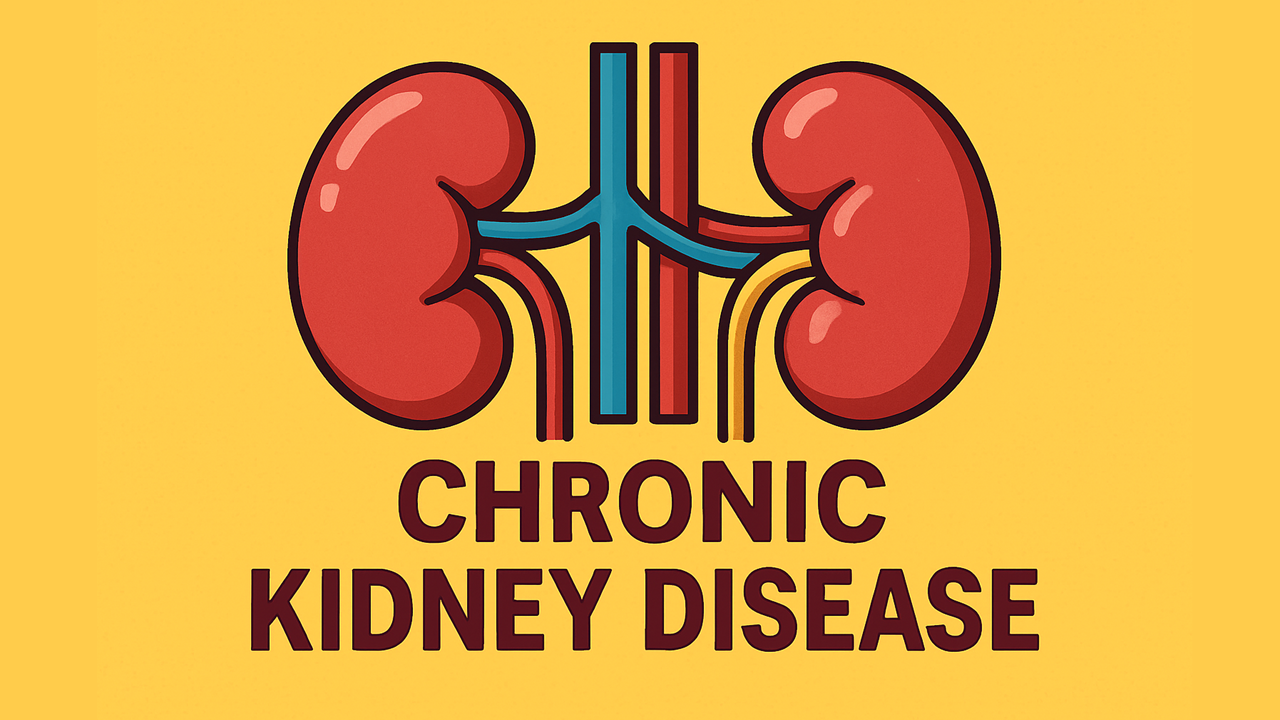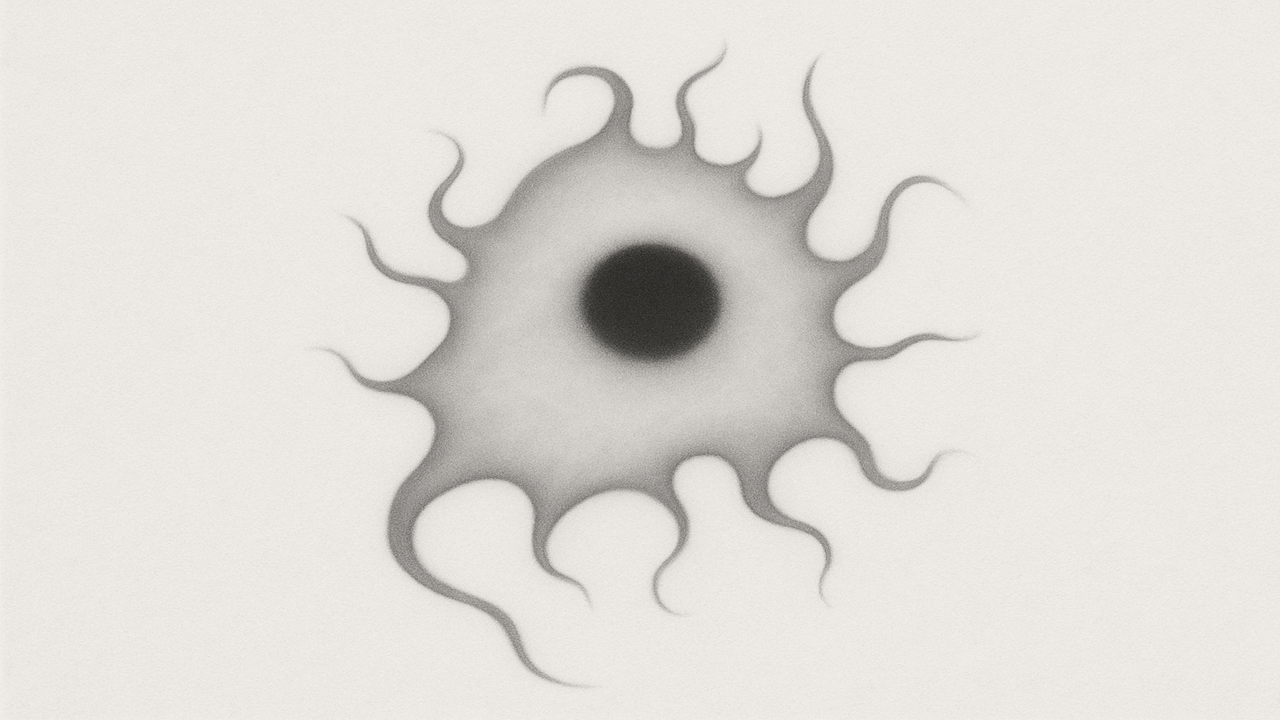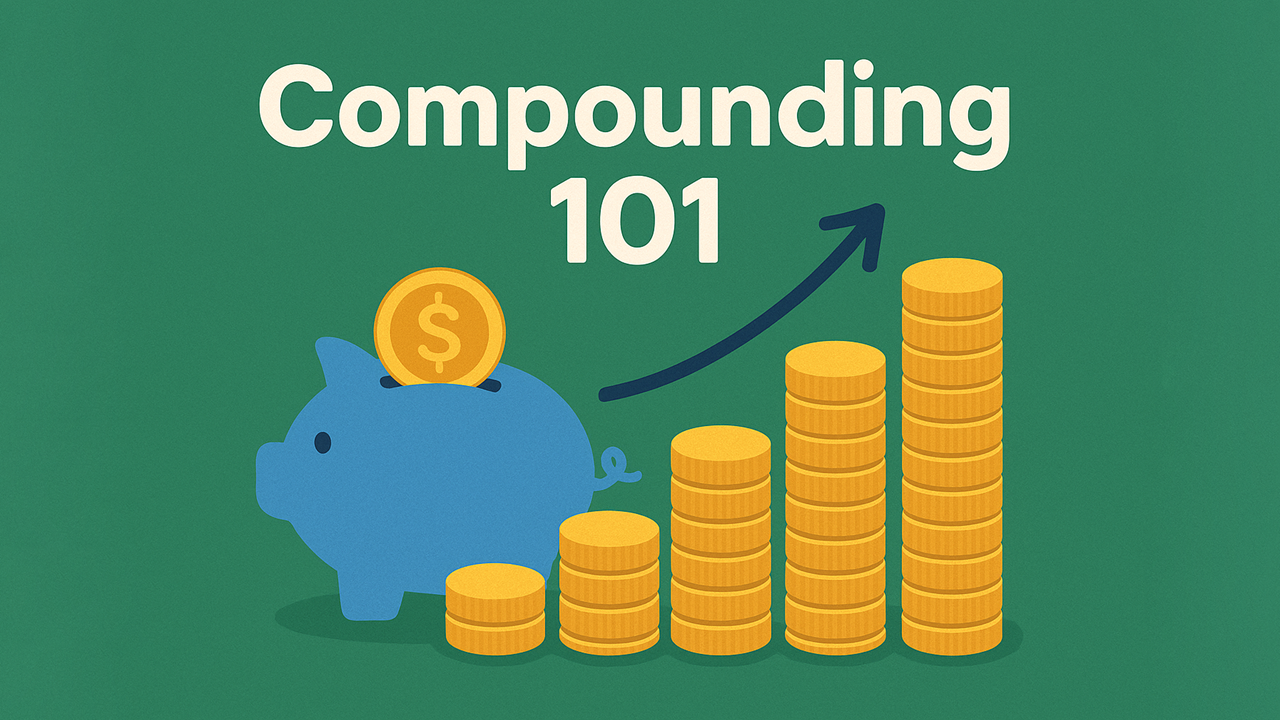Debunking Conspiracies: RNA Vaccines Won’t Change Your DNA
In an era marked by unprecedented access to information, the proliferation of conspiracy theories, such as the notion that RNA vaccines alter human DNA, continues unabated. This particular belief finds fertile ground mostly among white conservative Americans, a group often marinated in deep political and religious convictions. They cling to any tidbit that might validate their views, showing a strong anti-Democrat sentiment intertwined with beliefs in new world orders. And before you start pointing fingers and crying like a toddler who wants that one toy from KB Toys, no, I’m not a Democrat. If humans used more than two brain cells, I wouldn't need to write this article, yet here I am, attempting to dispel myths rooted deeply in misinformation. Further extending into the realm of more extreme theories, adherents also often subscribe to flat Earth concepts, the existence of a firmament, an ice wall surrounding the planet, and the denial of outer space. These beliefs are not just harmless eccentricities but are potent indicators of a profound distrust in scientific understanding and established facts, highlighting a broader societal challenge.
How Our Bodies Make Proteins
To effectively debunk misconceptions about vaccines altering DNA, it's vital to grasp the fundamental biological processes our bodies use to synthesize proteins. This process is central to understanding how vaccines work and why they do not alter our genetic makeup.
Protein synthesis begins in the nucleus of the cell, where DNA serves as a blueprint. The first step involves creating messenger RNA (mRNA) from the DNA template. This mRNA carries the genetic instructions from the DNA in the nucleus to the cytoplasm, the fluid inside the cell where proteins are made.
Once in the cytoplasm, the mRNA sequence is read by ribosomes, which you can think of as the cell’s protein factories. These ribosomes translate the genetic code provided by the mRNA into a specific sequence of amino acids, the building blocks of proteins. This translation process is assisted by two other types of RNA: transfer RNA (tRNA) and ribosomal RNA (rRNA). The tRNA brings the appropriate amino acids to the ribosomes, which are then assembled into a protein chain by the rRNA in the correct order specified by the mRNA.
This entire process is highly precise and regulated, ensuring that proteins are assembled correctly and functionally active. The precision with which proteins are synthesized and folded demonstrates the complexity and efficiency of cellular mechanisms, which are a far cry from the crude manipulations suggested by conspiracy theories claiming that vaccines can tamper with DNA. Understanding this sophisticated process helps clarify why mRNA vaccines cannot alter the DNA in our cells—they simply use the cell's machinery to produce proteins that help the body recognize and fight the virus, should it encounter the real thing.
DNA Editing Technologies
In the realm of genetic engineering, DNA editing technologies such as CRISPR-Cas9 represent a significant scientific breakthrough, yet they remain in the early stages of development and application. CRISPR-Cas9 technology operates by utilizing a guide RNA (gRNA) sequence that precisely matches a specific segment of DNA within a genome. This gRNA is paired with the Cas9 enzyme, which acts as molecular scissors to cut the DNA at the exact location identified by the gRNA.
Once the DNA is cut, the cell's natural repair mechanisms kick in, allowing scientists to manipulate the genome by either disabling a gene, correcting a genetic mutation, or inserting new genetic material. The precision and efficiency of CRISPR-Cas9 have revolutionized fields such as genetics, agriculture, and medicine, enabling unprecedented levels of control over genetic outcomes.
However, the use of CRISPR and similar technologies requires not only advanced knowledge of genetic engineering but also access to sophisticated laboratory equipment that can control the conditions under which genetic editing occurs. The process also demands a high degree of precision in both the design of the guide RNA and the overall execution of the editing procedure to avoid off-target effects, where unintended parts of the genome might be cut, leading to potential unintended consequences.
Despite its potential, it's important to clarify that CRISPR technology is not involved in the development or function of RNA vaccines. RNA vaccines, such as those developed for COVID-19, utilize a completely different mechanism, focusing on using messenger RNA (mRNA) to instruct cells to produce a protein that triggers an immune response. This mRNA does not integrate into the DNA of human cells and degrades naturally after its message is delivered. Thus, the sophisticated and targeted approach of DNA editing with CRISPR is entirely separate from the mechanism of action of mRNA vaccines, and there is no risk of DNA being inadvertently edited as a result of vaccination.
Acquired Immunity Vs. Innate Immunity
Acquired immunity plays a critical role in the human body's defense against pathogens, contrasting sharply with innate immunity. Innate immunity represents the body's first line of defense, providing immediate, non-specific responses to pathogens. It involves barriers like skin and mucous membranes, as well as immune cells that react to all invaders in a generic way, without the capacity to remember or specifically target previous attackers.
On the other hand, acquired immunity, also known as adaptive immunity, involves a more sophisticated and tailored response. It develops as the immune system encounters specific pathogens, like viruses and bacteria. When these pathogens invade, they introduce foreign proteins, known as antigens, into the body. Specialized immune cells, such as T cells and B cells, recognize these antigens as harmful and mount a specific immune response. This response not only addresses the immediate threat but also leads to the formation of memory immune cells, which record information about the pathogen and the corresponding antigens.
These memory cells are pivotal; they enable the immune system to launch a faster and more efficient attack on any future encounters with the same pathogen. This memory-based response is why acquired immunity is particularly effective at preventing reinfections and is the principle behind vaccinations. Vaccines work by introducing a harmless piece of the pathogen, such as a protein or deactivated toxin, into the body. Although this agent cannot cause disease, it does trigger the immune system to respond as if there were a genuine infection. Through this simulated infection, the immune system develops a lasting memory of the pathogen, preparing it to fight off the actual disease more effectively in the future.
Importantly, unlike innate immunity, acquired immunity requires prior exposure to the pathogen or its components to develop. This exposure is typically provided by vaccines, which safely introduce the immune system to the pathogen without the risk of contracting the disease. Thus, vaccines are a fundamental tool in creating and strengthening acquired immunity, equipping the immune system to deal with future infections swiftly and effectively.
RNA Vaccines (Pfizer COVID-19, Moderna COVID-19, etc.)
The COVID-19 vaccines, leveraging cutting-edge RNA technology, employ a precisely engineered segment of the virus's mRNA that specifically codes for the spike protein. This spike protein is a vital component of the SARS-CoV-2 virus's structure, facilitating the virus's ability to attach to and enter human cells. When the vaccine is administered, this snippet of viral mRNA is encapsulated in lipid nanoparticles to protect it from degradation and to facilitate its entry into human cells. These are theorically safer than traditional vaccines but may not be as effective against agents that mutate frequently, such as COVID-19 and Influenza viruses.
Once inside the cell, the cell's own ribosomes (Remember from the Protein Synthesis portion of this article?)—the molecular machines responsible for protein synthesis—interpret the mRNA's sequence to produce the spike protein in isolation. This process mimics the natural path of viral protein production but occurs independently of the cell's nucleus, where the DNA resides. Thus, the vaccine mRNA operates entirely within the cytoplasm and has no mechanism or pathway to enter the nucleus or interact directly with DNA.
The spike protein produced by the cell does not assemble into any form of a virus. Instead, it is displayed on the cell's surface, where it is recognized by the immune system as a foreign entity. This recognition prompts the immune system to begin producing antibodies and activating T-cells to fight what it perceives as an infection. This immune response builds a memory that enables the body to mount a rapid and effective response if it encounters the actual virus in the future.
Furthermore, the mRNA used in these vaccines is inherently unstable and short-lived, a feature that is actually by design. Once the spike protein is synthesized, enzymes within the cell rapidly break down the mRNA, ensuring that it does not linger or accumulate within the body. This transient nature of mRNA ensures that it delivers its instructional message to produce the spike protein and then quickly degrades, thereby minimizing any potential for long-term presence in the body. This aspect of the technology underscores the safety of mRNA vaccines, as the mRNA does not integrate, alter, or have any lasting effect on the genetic material of the vaccinated individual.
Wrapping it Up
The fear that an RNA vaccine might rewrite your genetic code is akin to worrying that a whisper in a crowded room might rewrite the lyrics of a song playing on the radio across the street. The scientific community has laid out the mechanisms clear and bare, yet the echo of conspiracy theories continues to reverberate in the halls of misinformation. So next time someone claims that the COVID-19 vaccine will alter your DNA, maybe remind them that just because you put a spoon in your mug doesn’t make it a part of the coffee. Also, show them this article.


